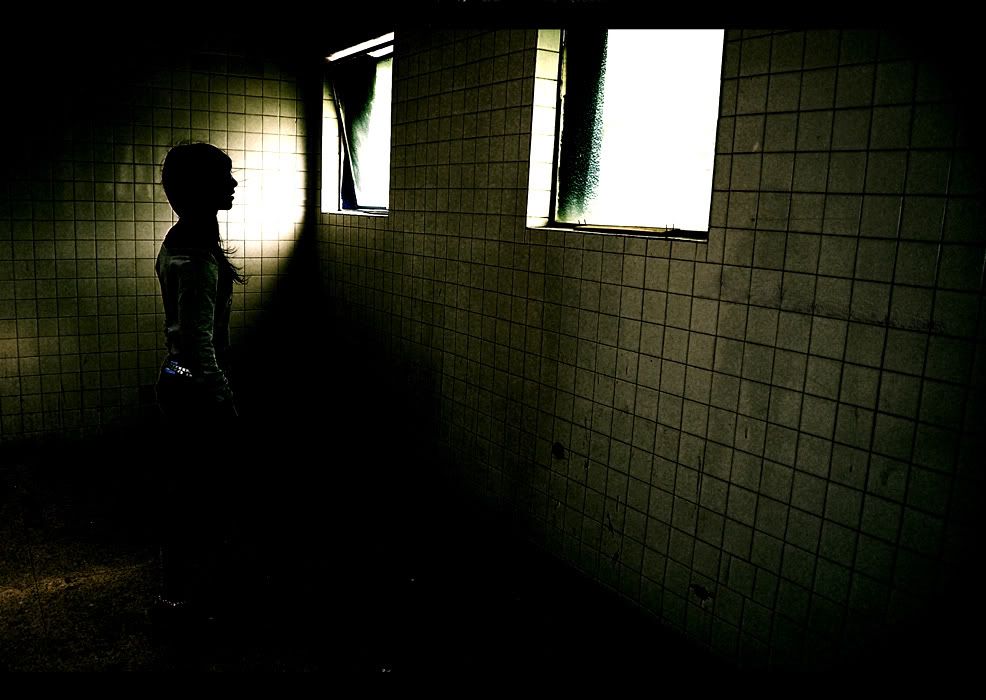 |
 |
 |
 |
|
mylife mystyle recent perks
rommies of my life
reading .N.O.T.E.S. |
|||||||||||
|
Eyeborg ____________________________________________________ I stumbled upon the Eyeborg when I was flipping through the channels this morning and I found CNA featuring it. I find that it is very interesting so I decided to share the information.
( ^ ) ( ^ ) ( ^ ) ( ^ ) ( ^ ) ( ^ ) Taken from Research TV Eyesight is one of our most valuable senses - if it's damaged in any way it has a major impact on life. Two exciting new developments from the South West of England could make a major difference to the lives of many sight-impaired people around the world. Researchers from the University of Bristol have recently reported the first evidence of progenitor cells, also known as stem cells, in the retina. They are now looking at the conditions needed to turn them into nerve cells or photo receptor cells. If they can achieve this, then they are well on the way to controlling eye disease by helping the injured retina restore itself. And for those suffering from colour blindness, the "Eyeborg" offers a way to accurately distinguish colour. A prosthesis that enables the wearer to identify different colours by a series of sounds associated with colour frequency, the "Eyeborg" has been developed by a lecturer in cybernetics, working with an artist suffering from achromatopsia - a condition that means he can only see in black and white! ( ^ ) ( ^ ) ( ^ ) ( ^ ) ( ^ ) ( ^ ) A Westcountry arts student has pioneered groundbreaking "cyborg" technology which could help thousands of people overcome colour blindness. Neil Harbisson, from Totnes, said his life has been transformed since the "magic moment" when he first perceived colour through sound. Now he wears the purpose-built, award-winning machine throughout his waking hours, saying he feels "disabled" without it. The idea was born when Neil, 22, approached Adam Montandon, who lectures digital technology at Dartington College or Arts. "I asked him if it would be possible to create something through which I could perceive colour and light," said Neil, who has been completely colour blind since birth. Mr Montandon embraced the challenge, and within one month the first prototype of the so-called Eyeborg was created. The device incorporates a camera which detects colour levels and software which omits a sound for each level of the spectrum. Held together with string and wires, the first model cost just £50, but as soon as Neil put it on he knew his life had changed forever. "It was a magical moment," he said. "I was finally able to distinguish colours, which I could never do before." Now Neil considers the machine a "brain extension". After his GP wrote a letter explaining the situation, Neil became the first person in the UK whose passport recognises him as a cyborg - someone who depends on a computer. Neil, who studies music composition, has now swapped his instrument of choice from the piano to the Eyeborg. He now writes music as the machine registers the colours around him. "It's a music which is composed by an extension of my brain," he said. "I think it's a world first." Neil hopes to stage a street concert on Friday December 10, at 11am, outside Birdwood House on Totnes High Street. As well as opening musical doors, the Eyeborg has created a new spectrum for Neil's painting, which was ever only in black and white before the invention. He matches up the sound emitted from an object with the noise from his pallet to reproduce the colour. Inventor Adam Montandon said the results were "very precise". He said: "Neil was always told he could never perceive colour. But there's no reason people should have to accept the reality they are given. We can use technology to take reality and turn it into something he can perceive." Since it's conception in March, the Eyeborg has already scooped two accolades - including the Europix Top Talent Award, recently presented in Vienna. Mr Montandon said he had received plenty of interest from colour blind, partially-sighted and blind communities. He said the device was "constantly evolving" through improvements Neil suggested, and the pair hope to eventually produce a version which will be the size of a pair of glasses expected to retail for around £1,000. The final model would be far superior to the £50 prototype, which fell apart within weeks. Sally Zimmermann, music advisor for the Royal National Institute for the Blind, hailed the invention as a "fabulous idea". She said it would improve colour perception from an artistic point of view and in day to day living for people with visual impairments. "These days it's so important to be colour co-ordinated in everything from fashion to interior design. This creation would boost their confidence to be able to do that," she said. |







